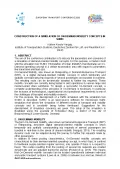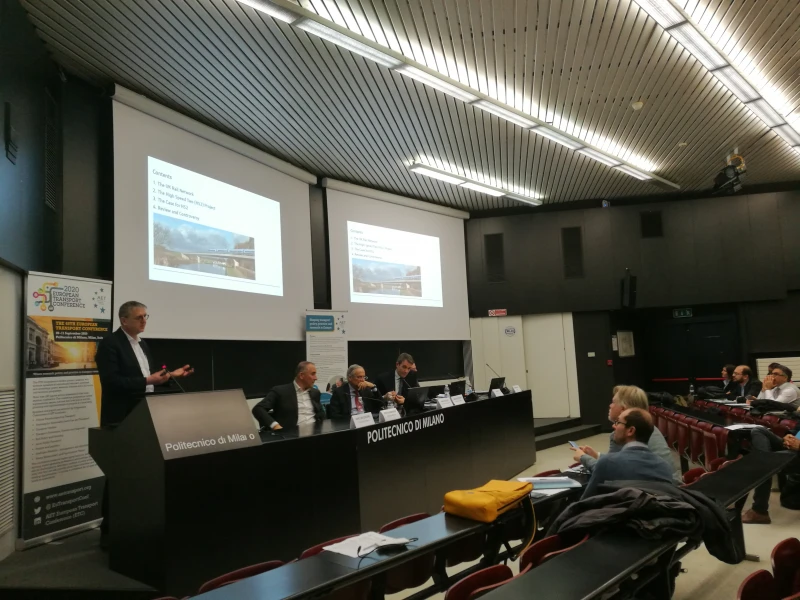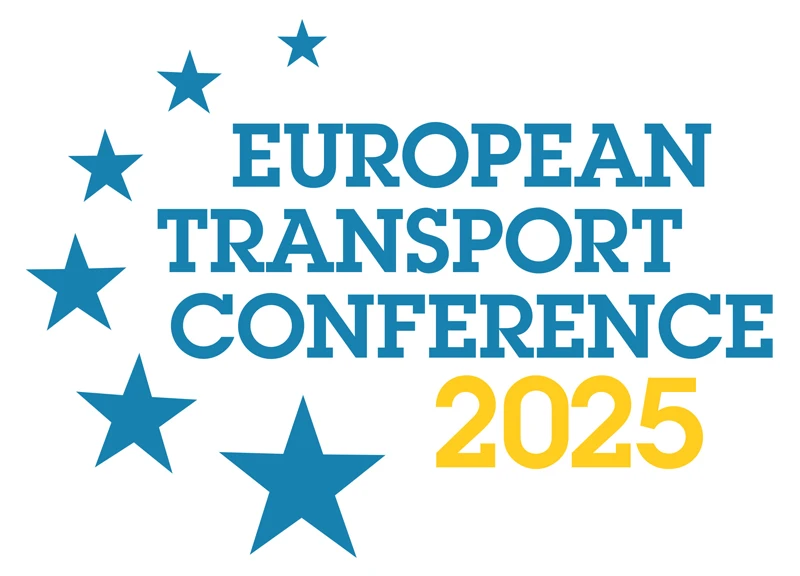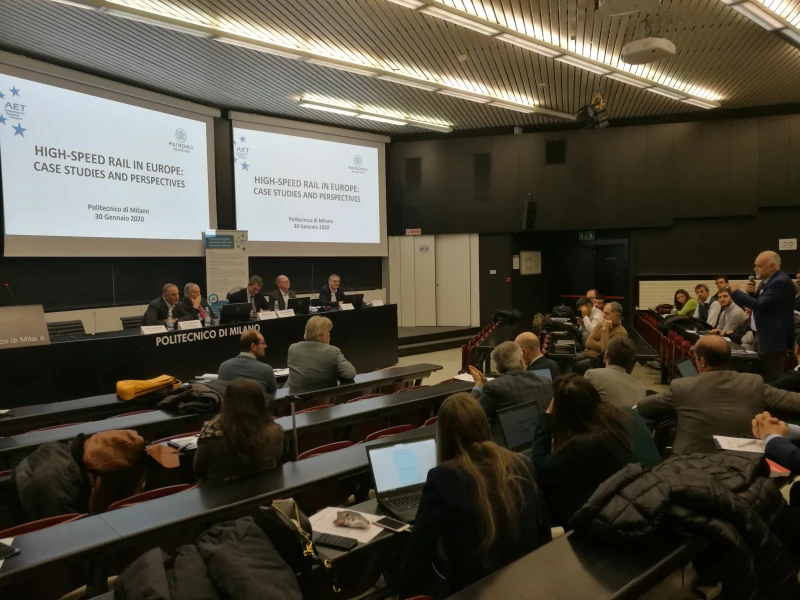-
Past ETC Papers

Browse, search and view papers from the past AET Conferences.
-
Members' Area

AET promotes networking and exchange of ideas, information and opportunities amongst members.
Conference Papers 2020
Online
ETC Conference Papers 2020
A model to describe the cause-effect connections of on-demand mobility concepts
Seminar
Day 1 (9 Sep 2020), Session 3, Ride Sharing, 15:30 - 17:30
Status
Accepted, documents submitted
Submitted by / Abstract owner
Kathrin Viergutz
Authors
Kathrin Karola Viergutz
Short abstract
The aim of the conference contribution is to discuss a model that reflects the cause-effect relationships between the interests of users and operators of demand-oriented mobility concepts.
Abstract
The aim of the conference contribution is to discuss the parameters and scenarios of a simulation of demand-oriented mobility concepts. For this purpose, a model is built with the simulation tool SUMO (“Simulation of Urban Mobility”) that illustrates an On-Demand operating concept in a certain examination area with regard to parameters like travel time and fleet size.
On-Demand Mobility, also known as Ridepooling or Demand-Responsive Transport (DRT), is a digital demand-oriented mobility concept, in which temporally and spatially corresponding trip requests of several passengers are bundled in real-time. The resulting route can be dynamically adapted to further trip requests. These mobility concepts are currently being tested in pilot operations in various large and medium-sized cities worldwide. To design a successful On-Demand concept, a complete understanding of the principles of On-Demand is necessary. In particular the inclusion of technological, organisational and operational requirements is one of the challenges of transport and mobility research.
For this purpose, the development of a traffic simulation with the simulation tool SUMO is described. A simulation makes it possible to try out different operating concepts with different assumptions and to analyse the results and effects. These can be used to investigate the cause-and-effect relationships of On-Demand mobility and also serve as a basis for further investigations as well can serve as a preparation of the introduction of a mobility system into the real world. SUMO is an open-source software for microscopic traffic simulation that allows the simulation of different modes of transport and mobility concepts and is constantly being further developed. Suggestions for the development of simulation scenarios are given. The setup of the simulation is illustrated using the example of Schwarzer Berg, a district of the city of Braunschweig in Lower-Saxony, Germany.
Programme committee
Intelligent Mobility - Management and Operation
Topic
The future of transport
Documents:

Association For
European Transport
Forester House
Doctors Lane
Henley-in-Arden
Warwickshire, UK
B95 5AW
+44 (0) 15 64 793552
VAT number: 710 1866 64
Conference Supporters & Endorsers




Legal Entity
The Association for European Transport is registered as an Association ('vereniging') with the Chamber of Commerce for Haaglanden in The Netherlands under company number 27170096.
Built on Zenario




